|
|
|||||
ONE’s new research reveals short-sighted funding decisions that are putting global health gains – and all of us – at risk. |
|||||
|
|
|||||
3 things to know1. Emergency COVID-19 funding disguised a drop in health aid: When excluding COVID-19 funding, health ODA during the pandemic dropped below pre-pandemic levels in the US, UK, Germany, France, EU institutions, Canada, Italy, and the Netherlands. The cuts were most dramatic in the UK, where even including COVID-19 funding, health ODA declined significantly. Check out the full analysis. UK health aid  Source: ONE Why it matters: Surge financing was essential to help countries respond to COVID-19. But it came at the cost of other health priorities as donors reshuffled budgets instead of increasing overall spending. These short-sighted funding decisions during periods of health emergencies, while most helpful for immediate response, risk reversing progress against other health priorities and building better preparedness for future health emergencies. 2. Health ODA was declining even before COVID-19 hit: Health ODA reached a 13-year low in 2021, and only rebounded slightly in 2022. The hidden health aid trend  Source: ONE Why it matters: The declines in health aid come at a time when progress against preventable deaths is at risk of backsliding. Malaria cases have steadily increased since 2018, partly due to changing weather patterns driven by climate change. 14.5 million “zero-dose” children did not receive a single shot of routine vaccines in 2023 due to disruptions from COVID-19. That’s 13% more than in 2019. And outbreaks of cholera and mpox are spreading across a number of low- and middle-income countries.
3. Health ODA is at risk of backsliding further: The downward trend in health aid looks likely to continue as donor budgets tighten. The EU, France, Germany, and US made cuts to overall ODA totaling nearly US$9 billion in 2024. France and Germany have further cuts planned for 2025. Meanwhile, some donors are increasingly spending their aid budget at home to cover rising in-country refugee costs. Why it matters: The countries that benefit from health ODA have some of the youngest and fastest-growing populations on the planet. The median age in Africa is 19 years old, and Africa’s population is expected to double in the next 25 years. Pulling back on health investments now severely undermines the potential of this human capital. It also makes everyone, everywhere less safe, as we saw during the pandemic. Donors have upcoming opportunities to reverse this troubling trend and reprioritize global health spending. That includes fully funding IDA, Gavi, and the Global Fund in their upcoming replenishments.  |
|||||
|
|
|||||
From the ONE Team
|
|||||
|
|
|||||
In the queue:
Parting Shot: |
|||||
|
|
|||||
The ONE Campaign’s data.one.org provides cutting edge data and analysis on the economic, political, and social changes impacting Africa. Check it out HERE. |
|||||
|
|
|||||
|
|
|||||
|
|
|||||
Did you like today's email?Loved it Mehhh Hated it |
|||||
|
|
|||||
Did you like today's email?Loved it Mehhh Hated it |
|||||
|
|
|||||
Wie hat dir dieser Newsletter gefallen?Richtig gut! Ging so… Überhaupt nicht. |
|||||
|
|
|||||
|
|||||
|
|||||
|
|||||
|
This email was sent by ONE.ORG to test@example.com. You can unsubscribe at any time. ONE Campaign |
